Social-emotional learning (SEL) and STEAM (Science, Technology, Engineering, Arts, and Mathematics) education are two important aspects of early childhood development. While they might seem unrelated, they can be easily integrated to provide children with a holistic learning experience that fosters both academic and social-emotional skills. In this blog post, we will explore how educators can encourage collaboration and communication in their STEAM activities to promote SEL competencies.
Many STEAM activities involve working in teams or pairs. This provides an opportunity to promote collaboration and communication skills, which are essential skills that children need to develop for success in school, in their future careers, and in their personal lives. By incorporating STEAM activities into the curriculum, educators can create opportunities for children to practice these skills in a fun and engaging way.
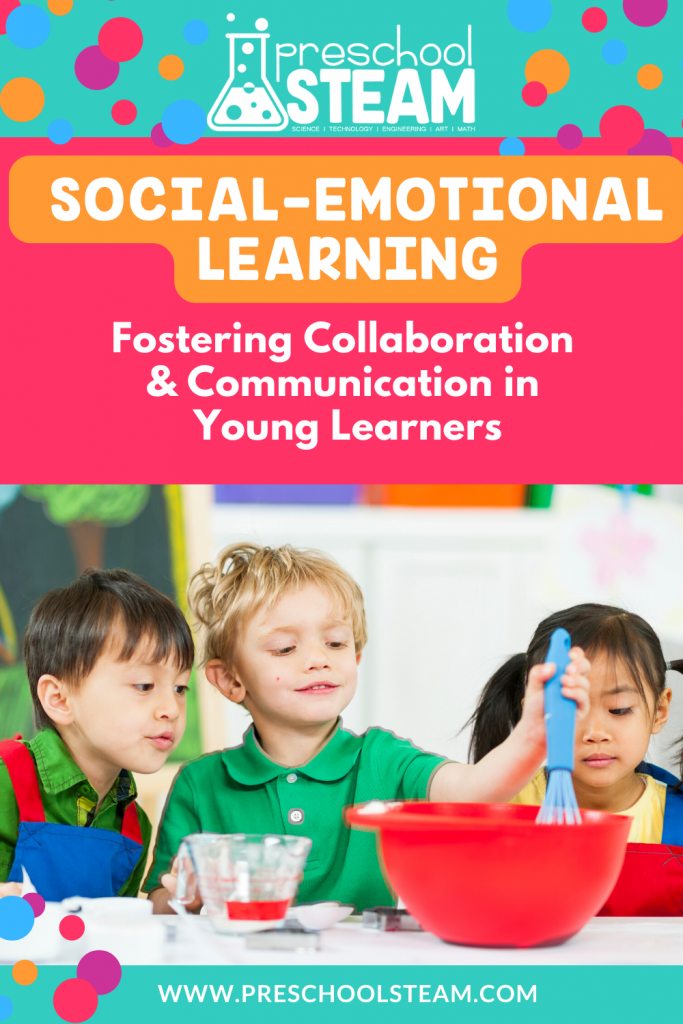
To encourage collaboration, you can provide activities that require children to work together towards a common goal. For example, you can divide students into small groups and give them a STEAM challenge that requires them to brainstorm ideas, work on a design, and build a prototype together.
Make sure to provide materials that are accessible and safe for all students to use and encourage students to take turns, listen to one another, and share ideas.
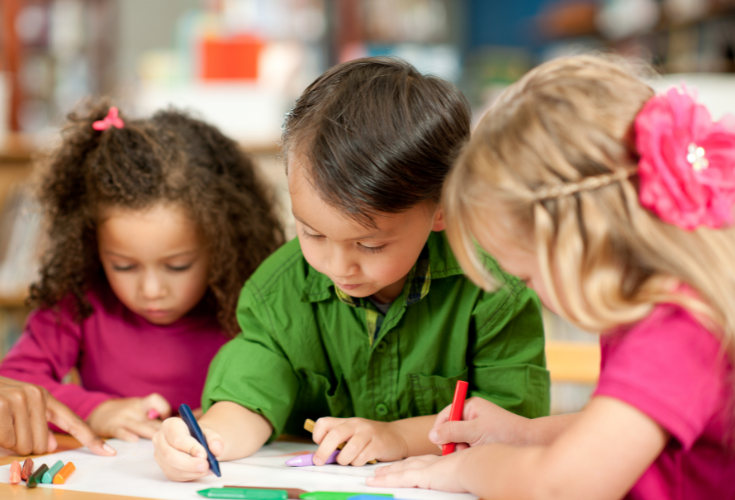
To promote communication, you can encourage students to discuss their ideas and thought processes with their peers. For instance, ask open-ended questions that require students to reflect on their work, and encourage them to share their ideas with the group.
This can help children develop their communication skills, such as active listening, empathy, and respect for others’ perspectives. You can also encourage students to use visual aids, such as diagrams or sketches, to communicate their ideas more effectively.
It’s important to note that while some children may be more naturally inclined to collaborate and communicate, others may need more support and guidance. As an educator, it is your role to create a safe and inclusive learning environment that encourages children of all abilities to participate and contribute.
By incorporating STEAM activities that foster collaboration and communication, you can help students develop important social-emotional skills that will benefit them throughout their lives.
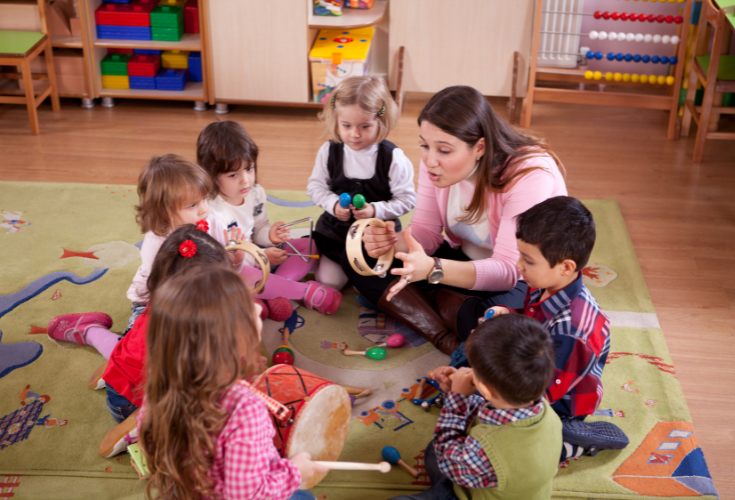
Here are some ways to encourage collaboration and communication in your STEAM activities:
- Create a positive learning environment: Set the tone for your classroom by creating a positive and inclusive learning environment. This can include creating a safe space for students to share their ideas, establishing clear expectations for behavior, and recognizing and valuing the diversity of perspectives and experiences in the classroom.
- Design activities that require teamwork: When planning STEAM activities, design them in a way that requires students to work together. This can include activities such as building structures, creating art projects, or solving problems.
- Provide opportunities for reflection: After completing a STEAM activity, provide students with opportunities to reflect on their experience. This can include asking them to share their thoughts on what they learned, how they worked together, and what challenges they faced.
- Use group discussions and peer feedback: During STEAM activities, encourage students to discuss their ideas and solutions with their peers. This can help them develop their communication skills and learn from others.
- Emphasize the importance of listening: In order to collaborate and communicate effectively, students must also learn the importance of listening. Encourage them to listen actively to their peers, ask questions, and respond thoughtfully.
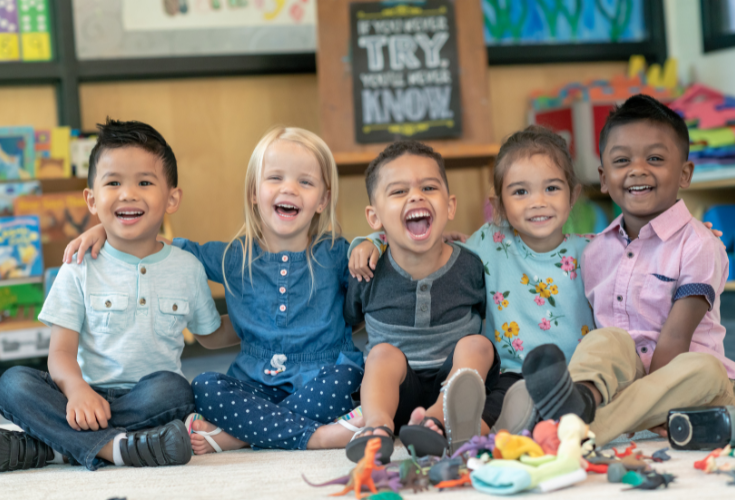
Tips for parents to promote collaboration and communication skills in their children’s daily activities:
Collaboration and communication skills are important not only in the classroom but also in everyday life. As a parent, you can encourage and develop these skills in your child by incorporating some simple activities into your daily routine. Here are some tips for parents who want to work on collaboration and communication at home:
- Play cooperative games: Cooperative games like building a tower or completing a puzzle together can help your child learn to work as a team and communicate effectively. These games encourage your child to share ideas and work together to achieve a common goal.
- Encourage open-ended conversations: Engage your child in open-ended conversations that encourage them to express their thoughts and feelings. This will help them develop their communication skills and teach them how to actively listen to others.
- Involve your child in decision-making: Involve your child in decision-making activities at home, such as planning a family outing or deciding what to have for dinner. This will give them an opportunity to practice collaboration and negotiation skills.
- Provide opportunities for group projects: Encourage your child to work on group projects with friends or siblings. This can be as simple as creating a backyard obstacle course or organizing a scavenger hunt. Group projects help your child learn how to work with others and develop their communication skills.
- Model good communication and collaboration: As a parent, it’s important to model good communication and collaboration skills. This means actively listening to your child, asking questions, and working together to solve problems.
Integrating SEL into STEAM activities is a powerful way to promote both academic and social-emotional skills in young learners. By encouraging collaboration and communication, educators can help students develop key SEL competencies such as teamwork, communication, and problem-solving. With these skills, students will be better equipped to navigate the challenges of school and life, and to achieve success in their academic and personal endeavors.
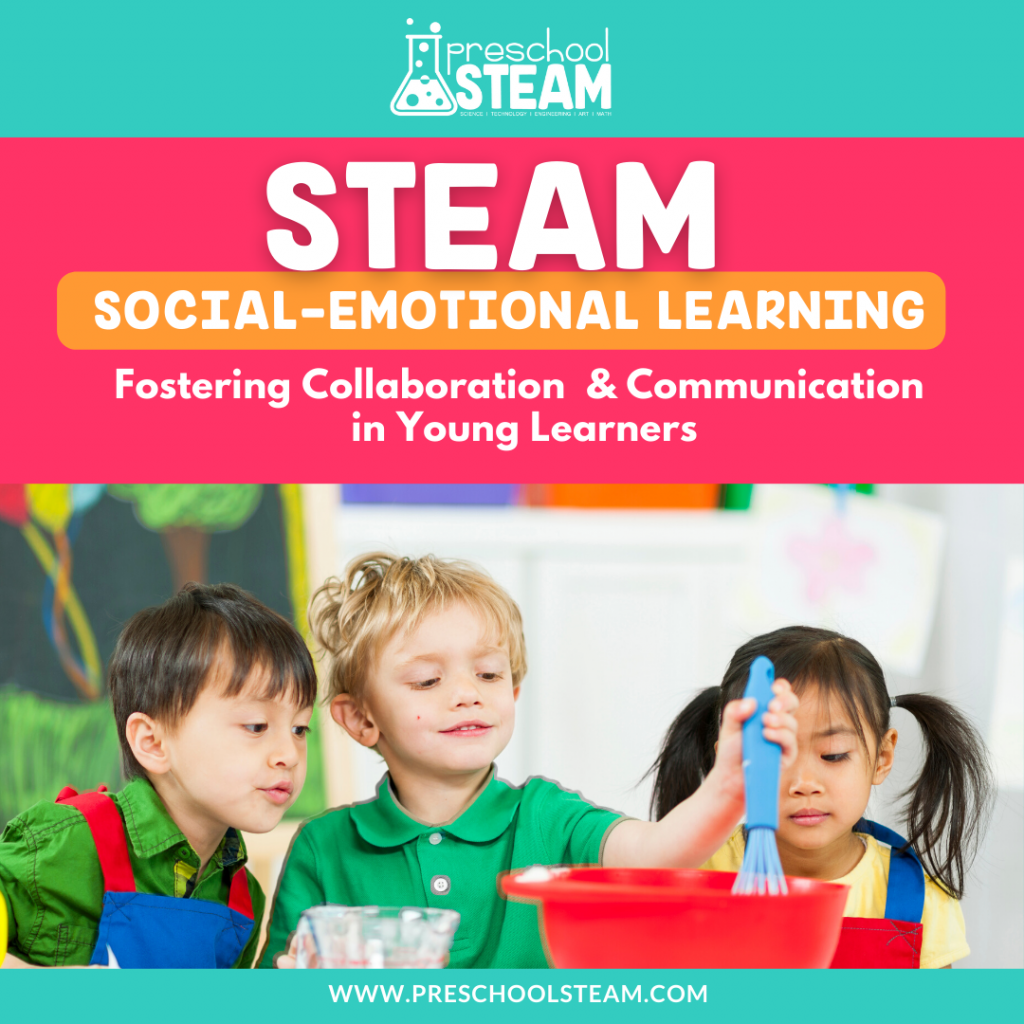
Leave a Reply